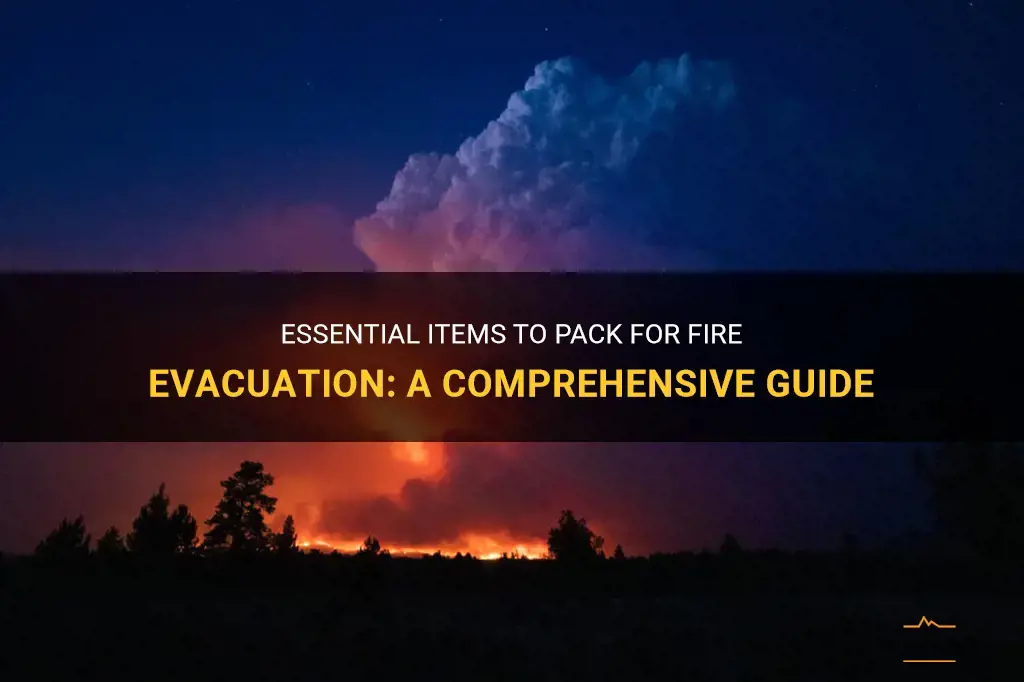
In the face of increasing natural disasters, such as wildfires, it has become more important than ever to be prepared for the possibility of a fire evacuation. Knowing what essential items to pack can make all the difference in a safe and successful evacuation. In this comprehensive guide, we will explore the must-have items that should be in every emergency evacuation pack, ensuring that you and your loved ones are prepared for any situation that may arise. From basic necessities to important documents, this guide will leave no stone unturned, helping you navigate the tumultuous path of a fire evacuation with confidence.
What You'll Learn
- What are the essential items to pack for a fire evacuation?
- How do I determine what clothes to pack for a fire evacuation?
- Are there specific documents or important papers I should include in my evacuation pack?
- What should I pack for my pets during a fire evacuation?
- Are there any specific medications or medical supplies I should bring with me during a fire evacuation?

What are the essential items to pack for a fire evacuation?
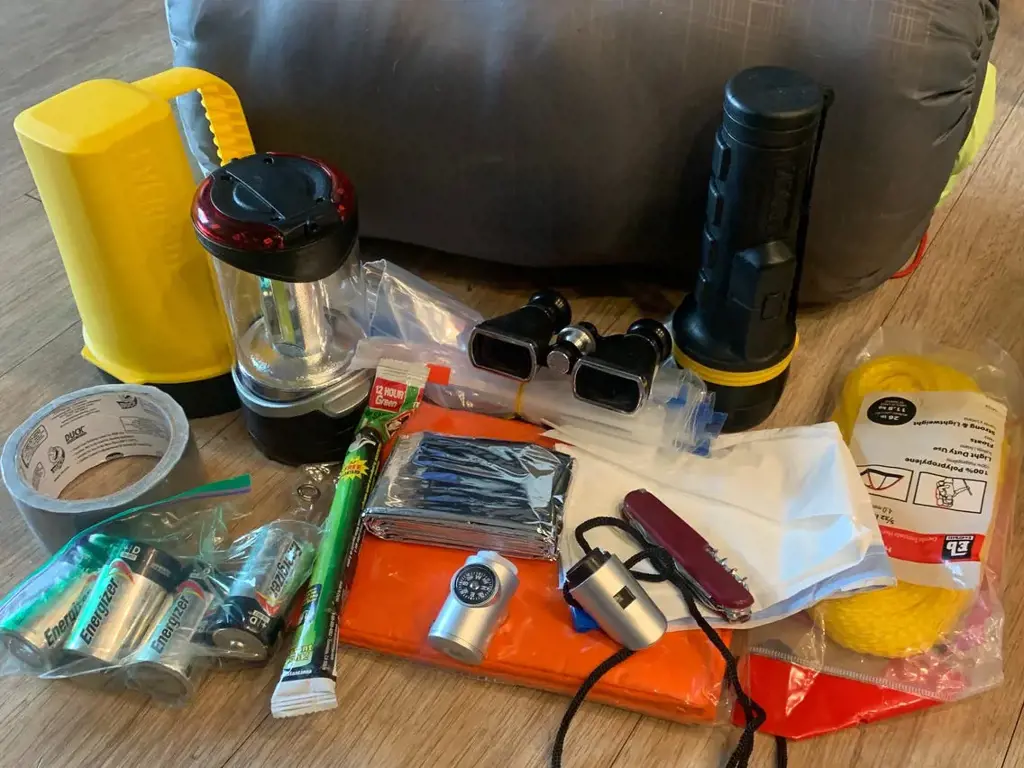
When facing a fire evacuation, it's crucial to be prepared and have a plan in place. While you hope to never experience such a situation, being proactive can save lives. In addition to having a clear escape route and knowing where to meet up with family members or loved ones, it's important to pack essential items to aid in your survival and comfort during evacuation. Here are some items to consider including in your emergency kit:
- Important Documents: Make sure to gather important documents such as passports, birth certificates, insurance papers, and any other essential paperwork. Store them in a waterproof, fireproof bag to ensure their safety.
- Medications: If you or any family members require regular medications, be sure to pack a supply that will last a few days. Keep in mind any special needs such as prescriptions, inhalers, or allergy medications.
- First Aid Kit: An easily accessible first aid kit is essential in case of injury during an evacuation. It should include items such as bandages, antiseptic ointment, pain relievers, and any necessary medical supplies.
- Food and Water: Pack non-perishable food items such as canned goods, protein bars, and dried fruits that can sustain you and your family for a few days. Also, include a supply of bottled water, aiming for at least one gallon per person per day.
- Clothing and Bedding: It's vital to have a change of clothes and comfortable shoes for everyone in your household. Additionally, pack lightweight bedding materials such as sleeping bags or blankets to provide warmth and comfort during potentially cold nights.
- Personal Items: Remember to include personal hygiene items like toothbrushes, toothpaste, soap, and toilet paper. Also, pack any necessary items for infants or elderly family members, such as diapers, formula, or adult care products.
- Flashlights and Batteries: In the event of a power outage, having reliable flashlights and extra batteries is essential for navigating in the dark and signaling for help if necessary.
- Cash and Credit Cards: While electronic payment methods are prevalent, it is wise to carry some cash and/or credit cards in case of emergencies where electronic transactions may not be possible.
- Phone Chargers: Include phone chargers or portable power banks in your emergency kit to ensure you can stay connected and communicate with loved ones and emergency services.
- Important Contacts: Make a list of important phone numbers such as emergency services, family members, doctors, and insurance providers. Store a hard copy of this list in your emergency kit and have a digital copy saved on your phone or other devices.
Remember to periodically check and refresh your emergency kit to ensure that all items are up-to-date and in good condition. Additionally, familiarize yourself with evacuation routes and emergency protocols in your area to maximize your preparedness. While it can be a stressful situation, being prepared with essential items and a well-thought-out plan can greatly increase your chances of making it through a fire evacuation safely.
Essential Items to Pack for a Trip to India
You may want to see also

How do I determine what clothes to pack for a fire evacuation?
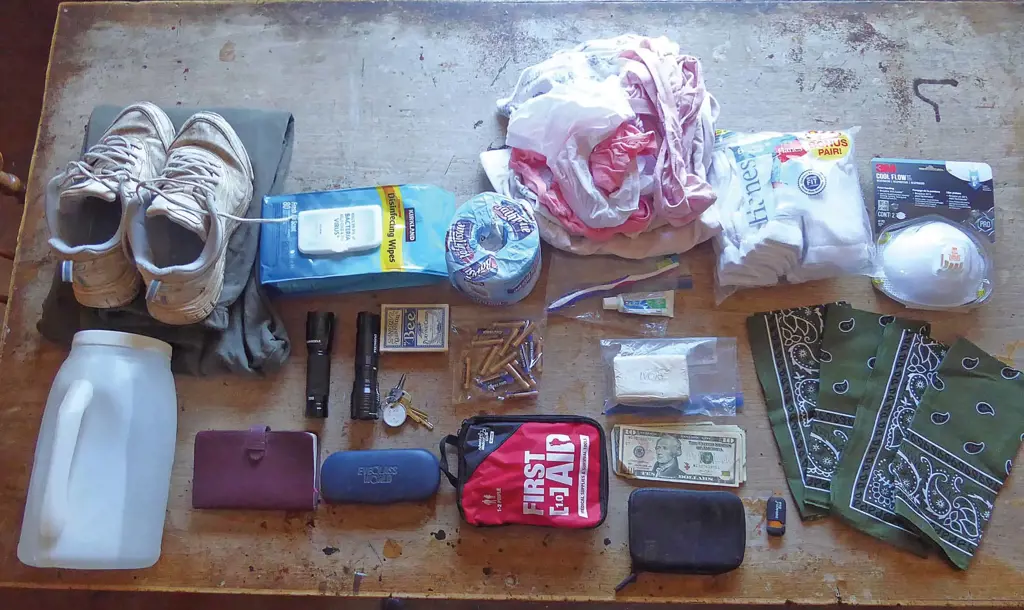
How to Determine What Clothes to Pack for a Fire Evacuation
Experiencing a fire evacuation can be a highly stressful and fast-paced situation. When it comes to assembling your emergency essentials, it is crucial to pack the right clothes to ensure your safety and comfort. This article will provide you with a step-by-step guide on determining what clothes to pack for a fire evacuation based on scientific advice and practical experience.
Consider the Weather Conditions:
The first step in determining what clothes to pack is to assess the weather conditions in your area. Take into account the season, temperature, humidity, and any potential weather changes that may occur during your evacuation. This will help you choose appropriate garments that can offer insulation or ventilation accordingly.
Pack Layered Clothing:
Layering your clothing is essential in emergency situations. Opt for lightweight, moisture-wicking base layers that can help regulate body temperature and keep you dry. Pack long-sleeved shirts, lightweight sweaters, or fleeces to provide extra warmth if needed. Consider including a windbreaker or a light jacket to protect against wind and potential rain.
Choose Sturdy and Protective Fabrics:
When it comes to packing clothes for a fire evacuation, it is important to prioritize safety. Select fabrics that are lightweight, breathable, and non-flammable. Natural fibers such as cotton and linen can be good choices as they are less likely to melt or catch fire. Avoid packing clothes made of synthetic materials like nylon or polyester, as they can easily ignite and cause severe burns.
Pack Comfortable and Practical Footwear:
During a fire evacuation, you may need to walk long distances or maneuver through uneven terrain. It is crucial to pack comfortable and sturdy footwear to protect your feet. Choose closed-toe shoes or boots that provide ankle support and have a good grip. Avoid wearing flip-flops or high heels, as they can hinder your mobility and increase the risk of injury.
Consider Personal Hygiene and Sanitary Needs:
In an emergency situation, it is important to ensure personal hygiene is maintained. Pack underwear, socks, and clothing that can be changed regularly to prevent discomfort and skin problems. Additionally, include toiletries such as toothbrush, toothpaste, soap, and toilet paper to maintain cleanliness during your evacuation.
Don't Forget Important Accessories:
Certain accessories can greatly enhance your safety and comfort during a fire evacuation. Remember to pack a hat or a cap to protect yourself from the sun or falling debris. Include a pair of gloves to handle hot surfaces or debris. Lastly, don't forget to pack a bandana or a face mask to help filter out smoke and dust particles.
In conclusion, determining what clothes to pack for a fire evacuation requires careful consideration of weather conditions, prioritizing safety, and ensuring comfort and hygiene. By following the step-by-step guide outlined in this article, you will be better prepared to handle an emergency situation and protect yourself during a fire evacuation.
The Ultimate Guide: What to Pack for Iceland
You may want to see also

Are there specific documents or important papers I should include in my evacuation pack?
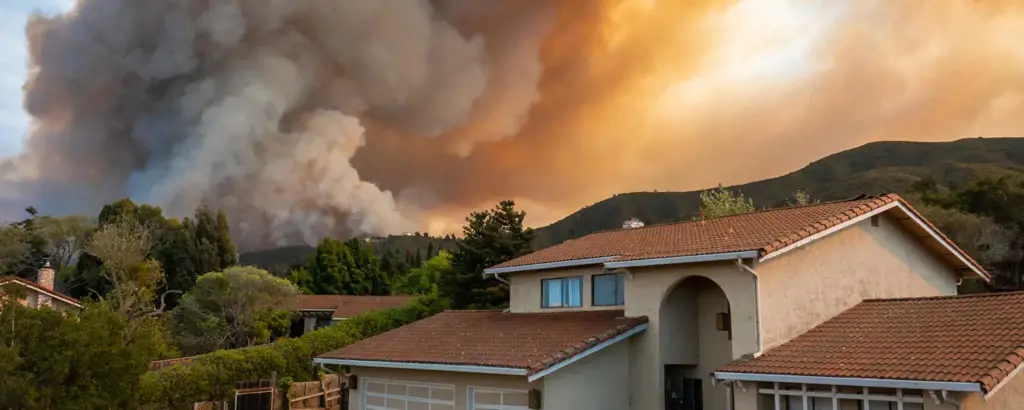
In the event of an emergency, it is crucial to have an evacuation pack ready. This pack should contain essential items to help you and your family during the evacuation process. While many people focus on gathering food, water, and clothing, it is equally important to include important documents and papers in your evacuation pack. These documents can save you time, money, and stress during an emergency situation. In this article, we will discuss the specific documents you should include in your evacuation pack.
Identification Documents:
It is vital to have a set of identification documents for each member of your family in your evacuation pack. This includes passports, driver's licenses, birth certificates, and social security cards. These documents are essential for identification purposes and may be required to access certain services during the evacuation process.
Financial Documents:
Having copies of important financial documents in your evacuation pack is also crucial. This includes bank account information, credit card details, and insurance papers. These documents can help you access your funds and file claims if necessary. It is advisable to keep these documents in a waterproof bag to protect them from any potential damage.
Medical Records:
In an emergency situation, having access to medical records can be life-saving. Include copies of your medical history, prescriptions, and vaccination records in your evacuation pack. This information can be vital when seeking medical assistance during an evacuation.
Property and Homeownership Documents:
If you own a home, it is important to include property and homeownership documents in your evacuation pack. This includes titles, deeds, and mortgage information. These documents will be necessary if you need to prove your ownership or access certain services related to your property.
Insurance Policies:
Having copies of your insurance policies is essential in an emergency. This includes homeowner's insurance, auto insurance, and health insurance policies. In case of damage to your property or a medical emergency, these documents can help you navigate the claims process and ensure you receive the necessary coverage.
Contact Information:
Include a list of important contact information in your evacuation pack. This should include emergency contacts, family members, and close friends. Additionally, include the contact information of your insurance agents, doctors, and other important service providers. Having this information readily available will make it easier to communicate and access necessary services during the evacuation.
Personal Documents:
Don't forget to include personal documents in your evacuation pack. This includes marriage certificates, adoption papers, and any other legal documents that pertain to you and your family. It is always better to be over-prepared and have all your essential documents in one place rather than scrambling to gather them during an emergency.
Remember that it is advisable to keep digital copies of these documents as well. Store them on a portable storage device or upload them to a secure cloud storage platform. This way, even if you lose the physical copies, you can still access the information when needed.
In conclusion, having specific documents and important papers in your evacuation pack is essential for a smooth and stress-free evacuation process. These documents can help with identification, accessing financial resources, seeking medical assistance, proving homeownership, and filing insurance claims. By including these documents in your evacuation pack, you are significantly increasing your preparedness for any emergency situation.
Essential Items to Pack for a Fun Day Out with Your Baby
You may want to see also

What should I pack for my pets during a fire evacuation?

In cases of emergencies such as wildfires, it is essential to prioritize the safety and well-being of all family members, including your pets. When a fire evacuation is necessary, it is crucial to have a well-prepared pet evacuation kit ready to go. This article will guide you through the process of packing for your pets during a fire evacuation, ensuring their safety and comfort throughout the ordeal.
Identification and Documentation:
First and foremost, make sure your pets are properly identified. Attach an identification tag to their collar with your contact information, including your phone number and address. Additionally, ensure that their microchip information is up to date. Keep a copy of your pet's vaccination records and medical history in a waterproof bag to provide to shelters or veterinarians if needed.
Food and Water:
Pack a sufficient amount of your pets' regular food in a sealed container, ensuring it will last for at least a week. Include a can opener and consider packing wet food as well. Store the food in a cool, dry place to maintain its freshness. Additionally, pack enough water for your pets, estimating around one gallon per pet per day for at least a week.
Medications and Medical Supplies:
If your pets require any medications, ensure you have enough to last throughout the evacuation period. Keep their medications in a waterproof container and include any necessary instructions. Also, pack basic medical supplies such as bandages, antiseptic solution, and tweezers in case of injuries during the evacuation.
Comfort Items:
Pets may feel stressed and anxious during an evacuation. To provide them with comfort, pack a favorite toy or blanket that smells of home. Familiar scents can help alleviate anxiety and make them feel more secure. Additionally, consider packing a portable pet bed or a crate to provide them with a cozy place to rest.
Leashes, Harnesses, and Carriers:
Make sure you have a sturdy leash and harness for each pet, as well as a carrier for small animals. These items are essential for safely transporting your pets during the evacuation and keeping them secure in unfamiliar environments. Practice using the carriers beforehand, so your pets become familiar with them.
Sanitation Supplies:
Pack a supply of poop bags, litter, litter trays (for cats), and cleaning supplies to maintain proper sanitation for your pets. In emergency situations, it may be challenging to find suitable disposal areas or access pet-friendly supplies, so be adequately prepared.
Contact Information:
Include a list of important contact numbers, such as your veterinarian's office, local animal shelters, and emergency animal hospitals, in case you need assistance during the evacuation. Keep this information readily accessible for quick reference.
Calming Remedies:
If your pet tends to become anxious or stressed, consider packing calming remedies such as pheromone sprays or natural supplements approved by your veterinarian. These can help reduce anxiety and make the evacuation process less distressing for your pets.
Remember, during a fire evacuation, safety should be your top priority. If possible, evacuate early to avoid any unnecessary risks. Follow all evacuation instructions provided by local authorities. Having a well-prepared pet evacuation kit ready will not only ensure your pets' safety but also provide you with peace of mind during these challenging times.
In conclusion, when it comes to packing for your pets during a fire evacuation, prioritize their identification, food, water, medications, comfort items, leashes, carriers, sanitation supplies, contact information, and calming remedies. By being well-prepared, you can minimize stress for both yourself and your beloved pets during an emergency situation.
The Essential Packing List for an Unforgettable Sedona Adventure
You may want to see also

Are there any specific medications or medical supplies I should bring with me during a fire evacuation?
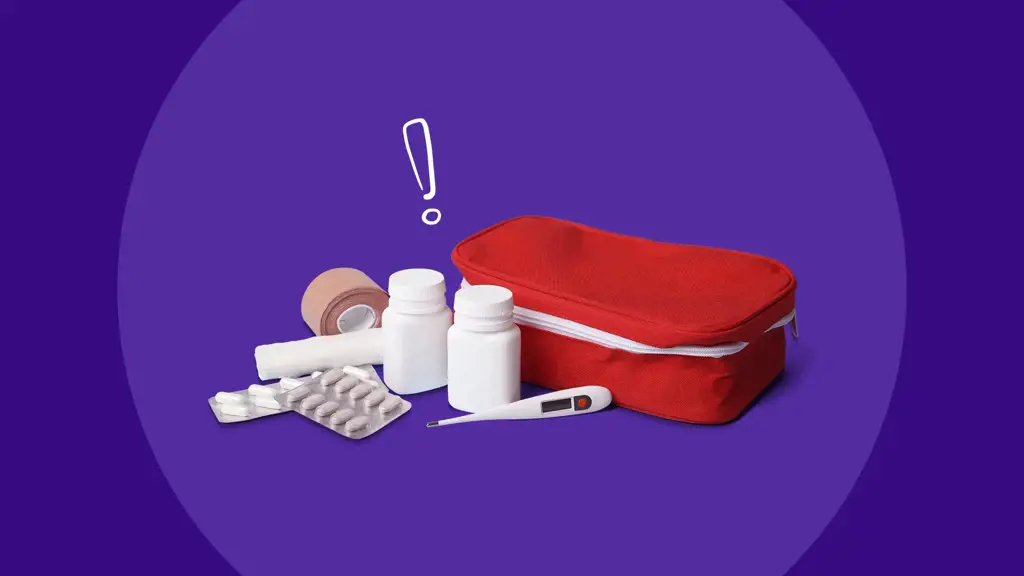
Fires can be unpredictable and can force individuals to evacuate their homes at a moment's notice. During a fire evacuation, it is important to prioritize the safety and wellbeing of all individuals involved, including those with medical conditions or specific medication needs. Here are some guidelines to help you determine which medications or medical supplies you should bring with you during a fire evacuation.
Plan ahead:
Before a fire occurs, it is crucial to have a comprehensive evacuation plan in place. This plan should include a list of all medications and medical supplies that you or your family members require on a daily basis. By anticipating your needs in advance, you can ensure that you will have the necessary supplies readily available during the evacuation.
Pack essential medications:
When packing for a fire evacuation, always include a sufficient supply of essential medications. These may include medications for chronic conditions such as diabetes, asthma, heart disease, or epilepsy. It is recommended to have at least a week's worth of medication on hand, but if possible, bring a 30-day supply to ensure you have enough to cover the entire evacuation period.
Consider special needs:
If you or a family member have specific medical needs, such as the requirement for refrigerated medications or devices such as oxygen tanks, make sure to plan for these as well. Contact your healthcare provider to discuss appropriate measures to ensure the continuity of care during the evacuation.
Gather necessary medical supplies:
In addition to medications, consider other essential medical supplies that you or your family members may need. This could include items such as bandages, wound care supplies, inhalers, nebulizers, insulin kits, spare batteries for medical devices, and any other supplies specifically related to your medical condition. Ensure that these supplies are in a portable and easily accessible bag or container.
Maintain a list of emergency contacts:
Create a list of emergency contacts, including your healthcare provider's contact information and any local hospitals or clinics in the area you will be evacuating to. Keep this list with you at all times during the evacuation.
Store medications properly:
During the evacuation, try to keep your medications and medical supplies in a cool and dry place. Avoid exposing them to excessive heat, direct sunlight, or moisture, as this can compromise their effectiveness.
Communicate with emergency responders:
If you are in immediate need of medical assistance during the evacuation, inform emergency responders about your condition and any specific medical requirements. They can provide guidance and support to help ensure your safety and wellbeing.
It is crucial to regularly review and update your evacuation plan and supplies to align with any changes in your healthcare needs. Staying prepared can help alleviate stress and ensure that you have the necessary medications and supplies to maintain your health and well-being during a fire evacuation.
The Ultimate Guide to Packing for Your Next Camping Trip
You may want to see also
Frequently asked questions
When preparing for a fire evacuation, it is important to have essential items readily available to ensure your safety and well-being. Some important items to pack include important documents such as identification, insurance information, and any necessary medical documents. Additionally, it is crucial to pack a change of clothes, toiletries, medications, and a first aid kit. It is also advised to include a flashlight, extra batteries, a portable phone charger, and a battery-powered radio for communication purposes. Lastly, don't forget to pack enough non-perishable food, bottled water, and any necessary baby supplies or pet essentials.
While it is important to prioritize your safety and gather essential items during a fire evacuation, it can be comforting to bring along sentimental items if time permits. This can include photographs, small mementos, or keepsakes that hold sentimental value. However, it is crucial to prioritize practical items and not spend too much time gathering sentimental belongings. Remember, the safety of yourself and your loved ones should always come first.
When it comes to packing valuable items for a fire evacuation, it is important to have a plan in place. Start by creating an inventory of your valuable items and consider taking pictures or videos as evidence for insurance claims. Pack valuable items in a fire-resistant bag or container and keep them easily accessible in case of an emergency. This may include important documents, jewelry, cash, or other valuable belongings. If time allows, consider taking them with you when evacuating. If it is not possible to bring them, ensure they are safely stored in a locked safe or hidden in a secure location within your home.







